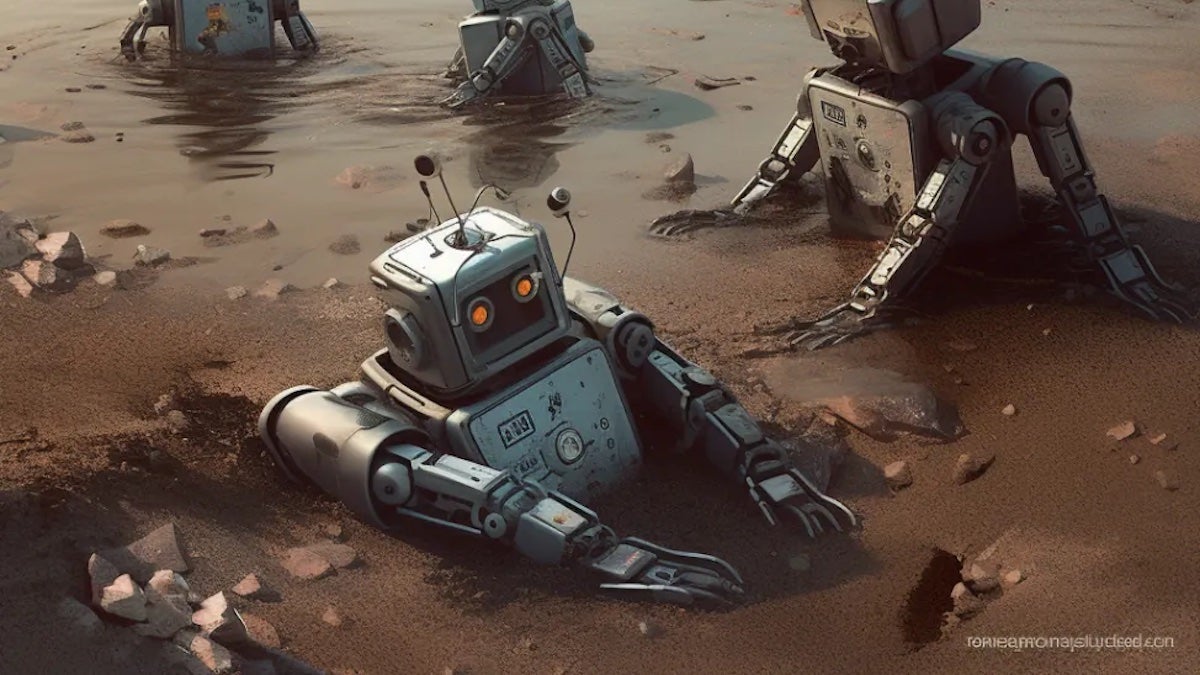OpenAI, Microsoft and Google may never be free of the tension between being AI technology providers and developers themselves
Now that chatbots from OpenAI and Microsoft have demonstrated generative AI’s value, companies are running to build on their APIs. Soon you’ll be able to generate recipes within ChatGPT and have it add the ingredients to Instacart. Or have it find restaurant reservations with help from OpenTable. Or discover flights with Kayak. Some companies, including Morgan Stanley, are already building standalone tools for staff and customers using AI tech like GPT-4.
This type of eager and widespread developer adoption was always the goal for the AI platforms, but something funny happened along the way. The consumer tools they built to show their capabilities — like ChatGPT and Bing Chat — garnered so much interest they’ve become destinations themselves. And as their AI gets better, it may well end up subsuming some of the products and features developers are building with the technology today.
“There are plenty of companies that can benefit in the short term. But long term, the entire value proposition of the company could just go entirely away,” Rishi Jaluria, managing director of software at RBC Capital Markets, told me.
The seemingly straightforward relationship between AI tech providers and AI tech developers grew somewhat complicated last month when OpenAI positioned ChatGPT as a platform itself, not just a demo. With a new feature called Plugins, OpenAI began allowing developers to build directly into ChatGPT, not just on top of the underlying technology, so people chatting with the bot could interact with their services. Some saw Plugins as ChatGPT’s “iPhone moment,” meaning the bot was the operating system, and the plugins — including those referenced above from Instacart, OpenTable, and Kayak — were the apps.
In the short and medium term, there’s plenty of opportunity for all involved. OpenAI stands to benefit from companies building standalone apps on top of its GPT-4 technology. It will also benefit when they build their offerings into ChatGPT. Developers, meanwhile, can use OpenAI’s tech to create new applications, become more efficient, reach ChatGPT’s 100 million-plus users and bask in the shine of developing on the cutting edge.
“I believe we will have an entire generation of startups built on OpenAI, just like we had a trillion-dollar economy created on AWS and a trillion-dollar economy built on the iPhone,” said Jaluria.
But in the long term, things could get complicated. Unlike typical operating systems, ChatGPT occupies the same user interface as the apps within it. It’s growing smarter as time goes by, and it’s still nowhere near OpenAI’s goal to create AI on par with human intelligence. So as companies build on it, the underlying AI may grow capable of replicating their capabilities, potentially rendering them obsolete.
A task management app, for instance, might see its relevance decline as ChatGPT remembers more about users and potentially learns to prompt them about upcoming deadlines. Financial apps could fall away as AI learns to ingest and interpret data. And even OpenAI’s partners like Kayak might become unnecessary if the AI learns to navigate travel sites and find similar deals. Kayak did not respond to a request for comment.
OpenAI is just an example here, and similar issues could emerge with Microsoft’s Bing Chat and Alphabet’s Bard, perhaps even sooner. “Software is characterized by co-opetition,” said Jaluria. “That’s how it’s always been. Look no further than Microsoft, right? Microsoft is an important partner but also a competitor to a lot of companies out there.”
AI still isn’t able to accomplish many of these tasks on its own, but even the possibility is making some investors think twice about where they’ll bet. “It’s hard to tell what’s exactly investable except for a couple of key categories,” said investor Joe Marchese. The tension will likely remain inescapably present as developers consider what to build on this promising but fraught new technology.

















